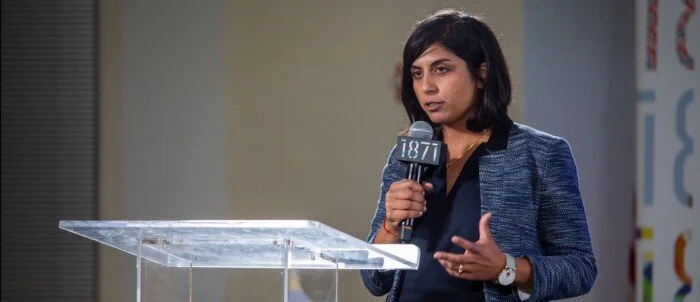By: Priya Parrish, Ander Iruretagoyena
There are an estimated 48M Americans that are addicts across Alcohol Use Disorder (“AUD”, 19M), Opioid Use Disorder (“OUD”, 3M), and Substance Abuse Disorder (“SUD”, 26M). This ongoing epidemic has caused drug overdose deaths to triple since 1990 with a 600% increase in opioid-related overdose deaths in the last decade alone. Today 1 in 4 deaths is attributable to these problems and it costs the U.S. economy over $600 billion every year. Perhaps most tragically, due to the high costs, social stigmas and embarrassment, only 4% or 2M of those suffering from an abuse disorder actually seek treatment. Typical options for treatment include traditional inpatient and outpatient treatments that are costly and inaccessible. On the other hand, most digital solutions lack the comprehensive treatment steps necessary to achieve results for patients.
Solution
Workit Health (“Workit”) offers an on-demand, end-to-end virtual solution for addiction treatment that includes all the key components of evidence-based care: intake / consultations, tele-counseling, tele-nursing, home drug testing, tele-group work, courses, prescriptions, and content. The company’s user-centric design and scalable technology successfully intervenes and changes members’ behaviors before a crisis results, while avoiding the high costs, stigmas and embarrassment that prevents patients from seeking treatment. Workit’s model has proven effective for patients with a 90% retention and adherence rate compared to a 39% industry average. The program is also accessible, with traditional inpatient and outpatient treatments costing ~7x and ~34x more than Workit.
Why We Invested
Workit’s industry leader status is driven by its intentionally accessible and evidence-based treatment that attracts commercial health plans and Medicare/Medicaid. The company’s retention & adherence rates and high customer satisfaction rates (68 NPS) are driving impressive growth in revenue per member, patient membership, and high LTV/CAC ratios. Workit is currently in 10 states and plans to use this capital raise to facilitate national expansion while remaining independent. In the 5+ years we have known Workit (IE Ventures I initially invested in Workit in 2016), this female-led executive team (Robin McIntosh & Lisa Mclaughlin) have more than proven themselves and brings prior entrepreneurial experience, expertise in healthcare, personal experiences with addiction and have successfully built the company with an impact-driven competitive moat. Since inception, their core focus has been on outcomes and to provide a user experience in-tune with patients’ needs.
Impact
With Workit, we believe that a platform that provides dynamic tailored content plus access to on demand coaching & medical care, will lead to a reduction in use of narcotics or alcohol for individuals who have addictive behaviors, leading to better health outcomes and a lower overall cost of healthcare. A 2019 longitudinal study showed that 67% of Workit patients reported reduction in usage and 87.6% an increased quality of life. Workit’s app is highly rated with a 4.7 rating with 500+ reviews and 9 out of every 10 customers would recommend Workit to a friend. As the company undergoes national expansion, we are excited that the company will have increased access to more real-time retention data and that retention is directly tied to revenues, marrying financial and impact returns.









